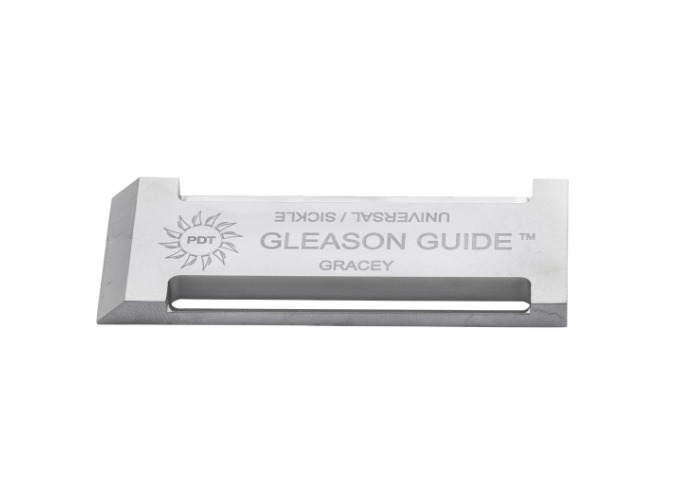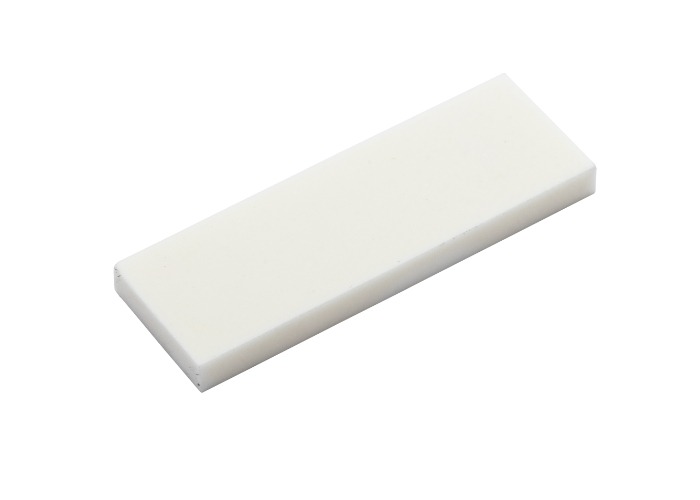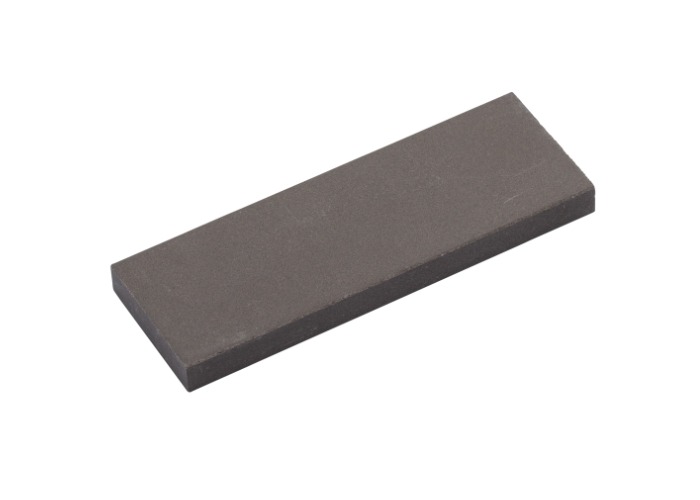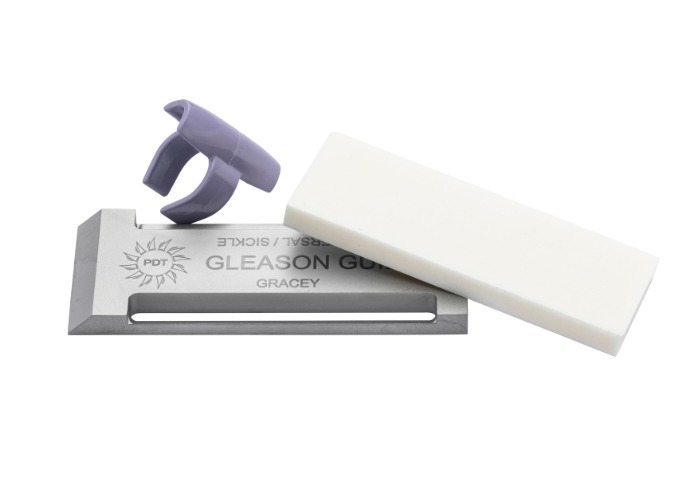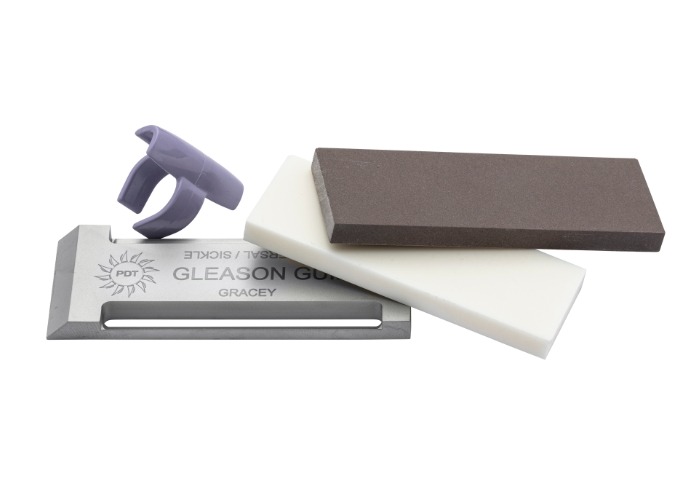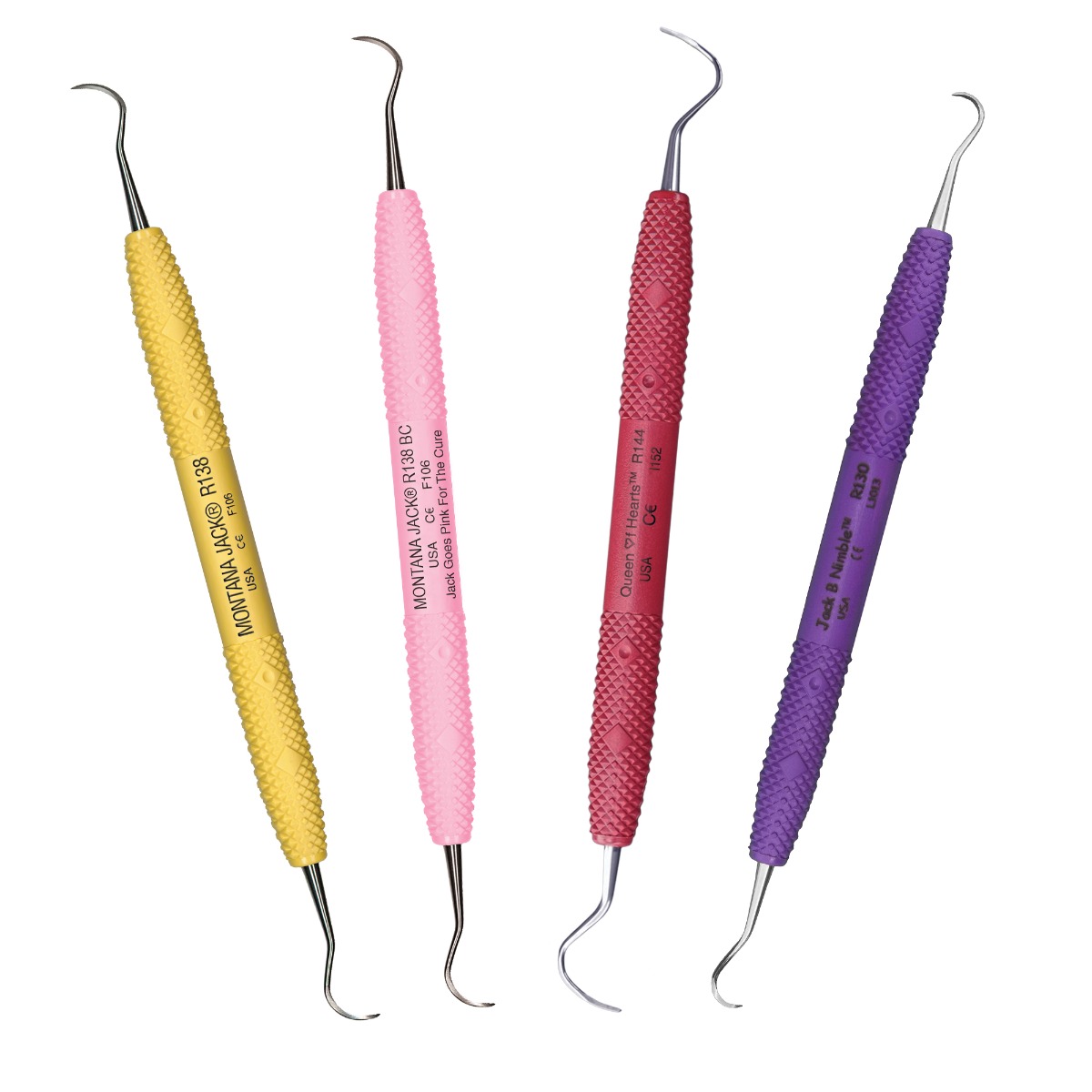Dental Instrument Sharpening
Dental Instrument Sharpening
Why Sharpen Your Dental Instruments
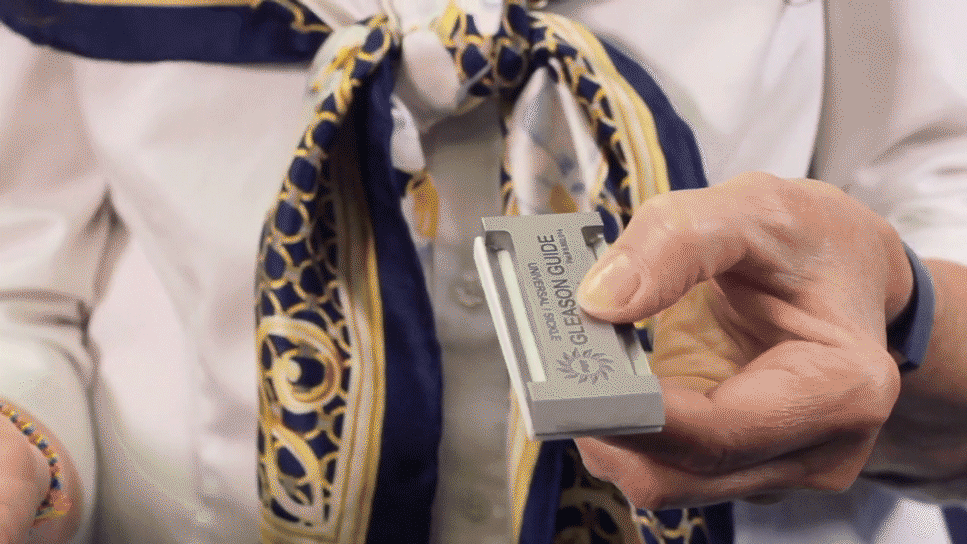
Over time, the cutting edges of your dental hygiene instruments, such as Graceys, Universal Scalers, and Sickle Scalers, can become dull and less effective. Regular dental instrument sharpening is essential to maintain optimal performance and prolong the life of your tools.
Keeping your instruments sharp ensures precise, efficient scaling and root planing. Sharpened dental instruments improve tactile sensitivity and enhance patient comfort while reducing operator fatigue. Fewer strokes are needed during procedures, helping to minimise musculoskeletal strain and lowering the risk of repetitive strain injuries such as carpal tunnel syndrome.
Routine dental instrument sharpening also preserves the original shape of the blade, maintains cutting efficiency, and reduces the risk of burnishing calculus or traumatising gingival tissues. Well-maintained edges result in better clinical outcomes and improved ergonomics for dental professionals.
Investing in regular dental instrument sharpening not only improves performance but also extends the lifespan of your hygiene instruments, saving time and money in the long run.
Benefits of Self-Sharpening
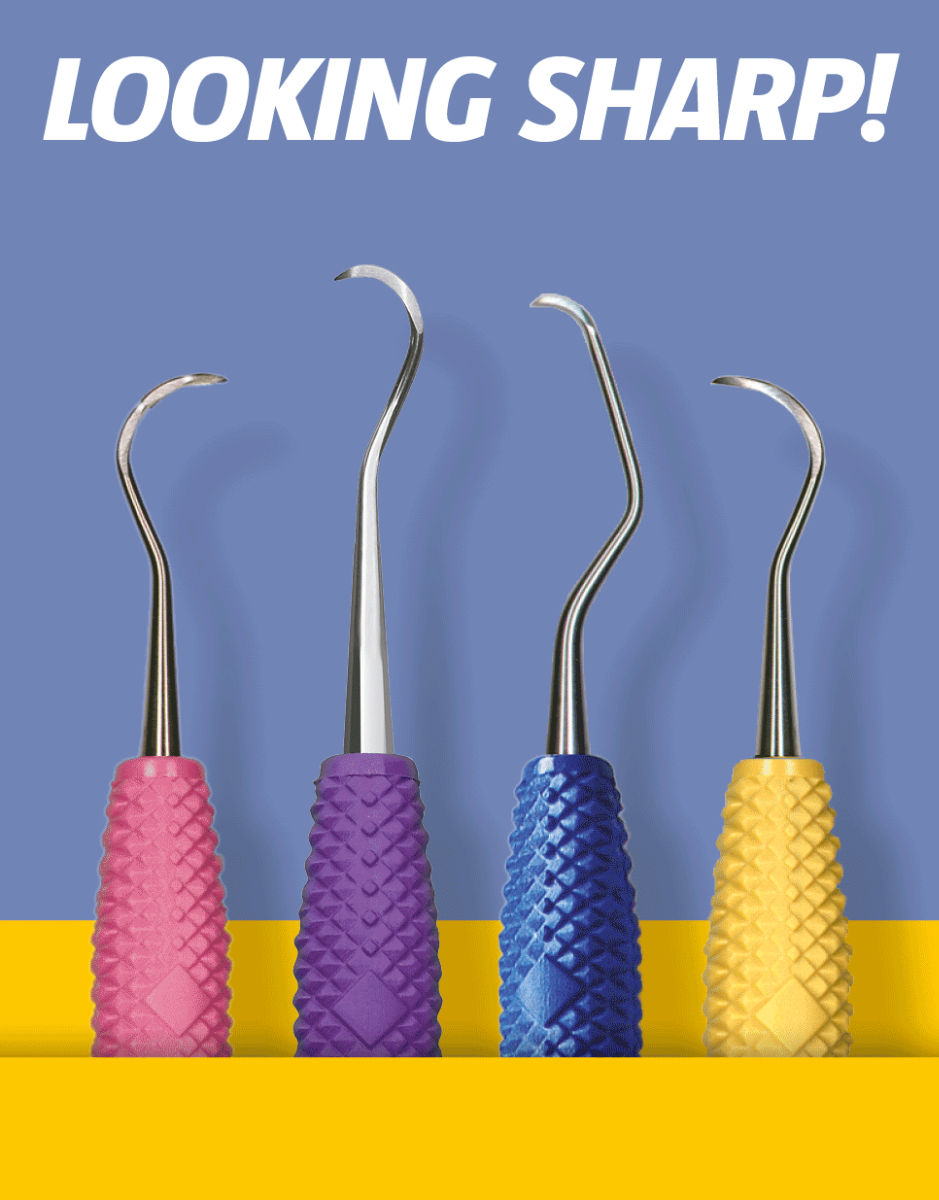
Self-sharpening is the quick and easy way to revitalise your existing blade tips in seconds*.
Increase the efficiency and life of your instruments and achieve the sharpness your desire.
There are many benefits to self-sharpening your dental instruments. These include:
Did You Know?
Most sharpening services charge per tip, which means resharpening multiple instruments can be costly. By using your own sharpening kit, you can inject new life into your current instruments for a fraction of the price.
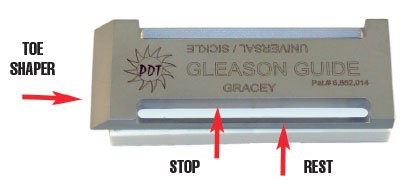
Sharpening your dental instruments might sound complicated, but it can be achieved in three easy-to-follow steps using a PDT Gleason Sharpening Guide and sharpening stone.
Simply STOP, REST and GLIDE.
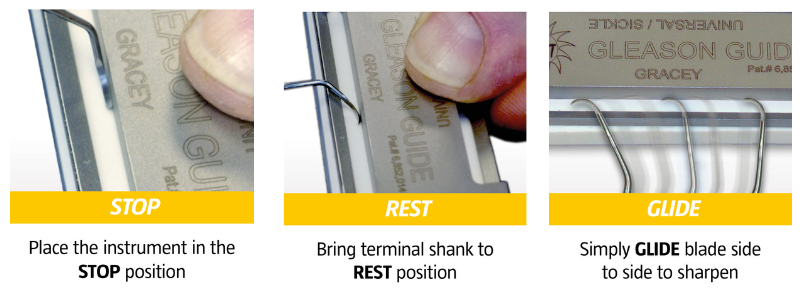
With PDT’s comprehensive range of sharpening stones and guides, you can sharpen your dental instruments with confidence.
With PDT’s comprehensive range of sharpening stones and guides, you can sharpen your dental instruments with confidence.
PDT Sharpening Kits
With PDT’s sharpening kits, you can effortlessly sharpen your blunt dental instruments.
Cut the cost of resharpening and breathe new life into your current instruments.
With PDT’s sharpening kits, you can effortlessly sharpen your blunt dental instruments.
Cut the cost of resharpening and breathe new life into your current instruments.
With PDT’s sharpening kits, you can effortlessly sharpen your blunt dental instruments.
Cut the cost of resharpening and breathe new life into your current instruments.
When to Replace Your Dental Instruments
While regular dental instrument sharpening can significantly extend the life of your tools, it's equally important to recognise when it's time to replace them.
Each sharpening session removes a small amount of metal from the blade. Over time, this leads to thinning of the instrument, which can compromise performance and safety. Most manufacturers recommend replacing instruments once more than 50% of the blade edge has been worn away.
When it’s time for a replacement, choose PDT hand instruments for their exceptional sharpness, ergonomic design, and long-lasting performance. Explore our full range today and upgrade your toolkit with instruments designed to deliver comfort, precision, and durability with every procedure.
How Sharp Are Your Sharpening Skills?
Answer the questions as honestly as you can to find out where you stand with your dental instrument sharpening routine and technique.
Whether you’re a perfectionist who sharpens daily or someone who’s still finding their rhythm, this quiz will help you identify strengths, uncover areas for improvement, and give you tailored tips to take your skills to the next level.
Let’s get started!
Frequently Asked Questions
Maintaining sharp dental instruments is essential for effective patient care, ergonomic safety, and extending the life of your tools.
Whether you're new to sharpening or looking to refine your technique, this FAQ section covers everything you need to know, from sharpening frequency and tools to signs of wear and best practices.
Explore the answers below to keep your instruments performing at their best.
Sharpening dental hand instruments ensures optimal performance, improves clinical efficiency, and extends instrument lifespan. Sharp blades require less pressure, which enhances tactile sensitivity and patient comfort while reducing operator fatigue and risk of repetitive strain injuries.
The frequency depends on how often the instruments are used. As a general rule:
High-use instruments: Sharpen weekly
Moderate-use instruments: Sharpen biweekly or monthly
Always inspect blade sharpness regularly and sharpen as soon as you notice dullness.
There are a number of ways to sharpen your dental instruments. The most cost-effective way is to do it yourself using a guide and sharpening stone.
Other methods include using a sharpening machine or a sharpening service.
Common signs include:
Increased pressure needed during procedures
Reduced tactile sensitivity
Burnishing rather than removing calculus
Blades that appear shiny or rounded rather than sharp
Improper sharpening can damage instruments by altering the blade angle or removing too much metal.
Using the correct technique and tools, such as sharpening guides or stones, helps maintain blade integrity.
Instruments should be replaced when:
Over 50% of the blade has worn away
The blade has become misshapen or thin
The instrument no longer performs effectively, even after sharpening

